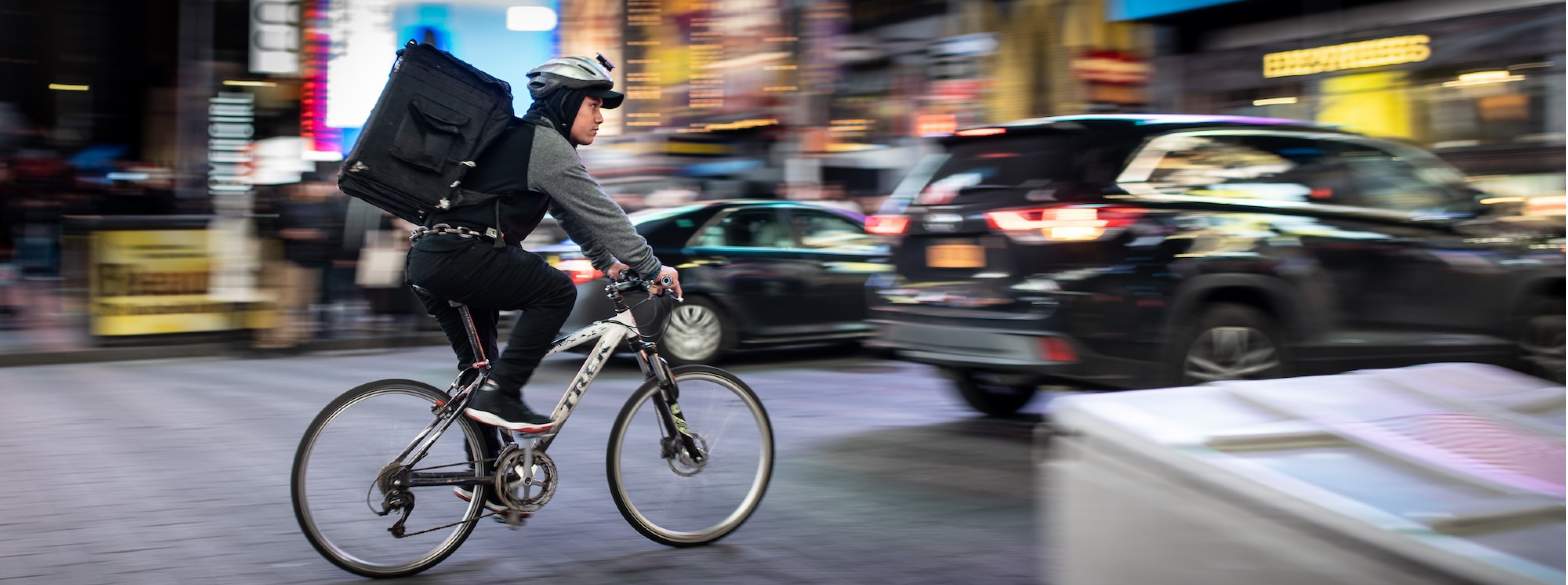Despite shopping centres remaining open in Europe during the pandemic, more and more people have started using quick-commerce (Q-commerce), which involves delivery drivers bringing groceries to the customer without the latter having to step into the supermarket at all.
First pioneered by companies such as goPuff and Delivery Hero with its foodpanda brand, the movement started in large cities in Asia and the US. It is now firmly established in large and medium sized cities in Germany, the UK and other locations, and we are already seeing more and more players expanding to new countries within Europe.
For example, Gorillas and Flink have already started looking beyond their home markets in Germany. The latter is now also active in the Netherlands and France and the former is already operating in the Netherlands, France and the UK and is about to open in Brooklyn, New York and looking at Switzerland, Canada and Italy. Turkish company Getir recently expanded to London and is currently looking for employees in Berlin. As of April 2021, Jokr is live in Mexico City, Lima and Sao Paolo, while New York and Bogota will follow ahead of rollouts across Europe and Latin America.
Almost all of these companies now offer same-day delivery, but the speed of delivery is where companies differ – and are hoping to win new customers. British Weezy, Gorillas and Delivery Hero’s foodpanda are now guaranteeing delivery in fewer than 15, 10 and 7 minutes, respectively.
The companies rely on intelligent software to predict customer demand in order to store the right products at their warehouse or last mile hub. The typical size of these last mile hubs is 250 to 1,000 sq m, located at ground level and ideally well connected to city centres or densely populated residential areas of over 50,000 people; ideally within 2 to 3 km of the customer in order to guarantee delivery time promises.
With customer numbers continuing to grow we anticipate seeing more demand for last mile hubs in city centres. Similarly, we expect to see more market consolidation over the next few years until only a small number of strong national and pan-European players remain.
What we don’t expect to see is the trend for delivery reversing given the convenience it offers to customers, even once lockdown restrictions have been lifted completely. And looking to the US, the first operators are already offering their own branded products and others are talking about expanding their product range to not only include groceries but also pharmaceutical products. As a result, the rise of Q-commerce is expected to accelerate over the coming years.




.jpg)

.jpg)



.jpg)